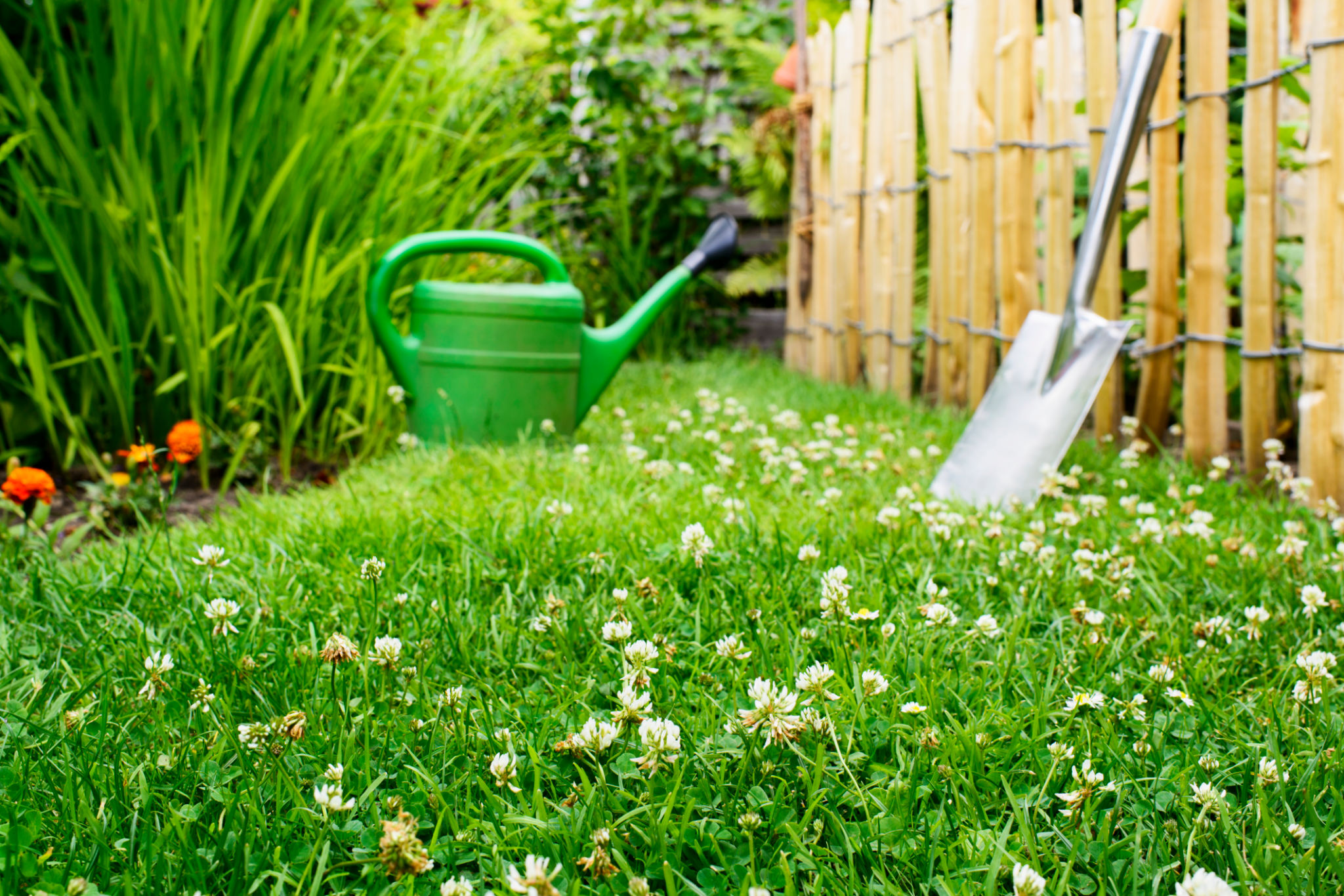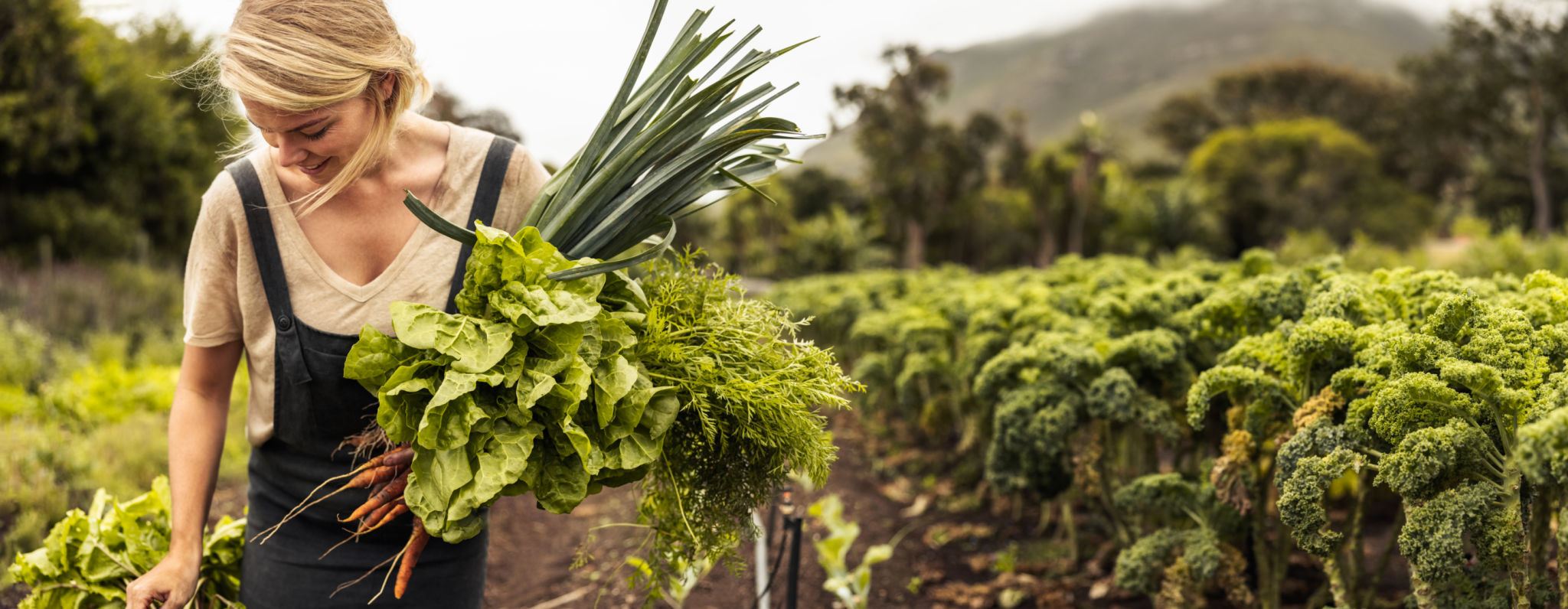Case Study: Transforming an Urban Garden with Clover Lawn Conversion
Introduction to Clover Lawn Conversion
In the bustling heart of the city, where urban landscapes are dominated by concrete and skyscrapers, creating a sustainable green space can be challenging. However, one innovative solution is transforming urban gardens: the clover lawn conversion. This approach not only enhances the aesthetic appeal of urban gardens but also offers numerous environmental benefits.

Why Choose Clover?
Clover lawns are becoming increasingly popular due to their low maintenance and eco-friendly nature. Unlike traditional grass lawns, clover requires less water, is resistant to pests, and thrives in poor soil conditions. This makes it an ideal choice for urban gardeners looking to reduce their ecological footprint.
Benefits of Clover Lawns
The benefits of clover lawns extend beyond just aesthetics. Here are some compelling reasons why urban gardeners are opting for clover:
- Water Efficiency: Clover requires significantly less water than traditional grass.
- Pest Resistance: Its natural resistance to pests reduces the need for harmful pesticides.
- Nitrogen Fixation: Clover naturally enriches the soil by fixing nitrogen, reducing the need for chemical fertilizers.

The Transformation Process
Converting a traditional lawn into a clover lawn involves several steps. Here’s a brief overview of the process:
- Soil Preparation: Clear the existing vegetation and improve soil quality by adding organic matter.
- Sowing Clover Seeds: Spread clover seeds evenly across the prepared soil.
- Watering and Maintenance: Water the area regularly until the clover establishes, then reduce watering frequency.
Overcoming Challenges
While the benefits of clover lawns are clear, gardeners may face challenges during the conversion process. Common issues include initial weed growth and ensuring proper sun exposure. However, with consistent maintenance and care, these challenges can be easily managed.

Case Study: A Success Story
A recent case study highlights the successful transformation of an urban garden in downtown Chicago. The garden owner faced issues with high water bills and unsightly patches in their traditional lawn. By converting to a clover lawn, they reduced water usage by over 30% and created a lush, vibrant landscape that thrived even in shaded areas.
Community Impact
The transformation not only improved the visual appeal of the garden but also inspired neighboring residents to consider similar sustainable practices. This ripple effect demonstrates how individual efforts in urban gardening can contribute to broader environmental sustainability.
Conclusion: Embrace the Change
Clover lawn conversion is more than just a gardening trend; it's a step towards sustainable urban living. By choosing clover, urban gardeners can enjoy beautiful green spaces that require less maintenance and contribute positively to the environment. As more people embrace this change, urban areas will gradually transform into greener, more sustainable communities.
